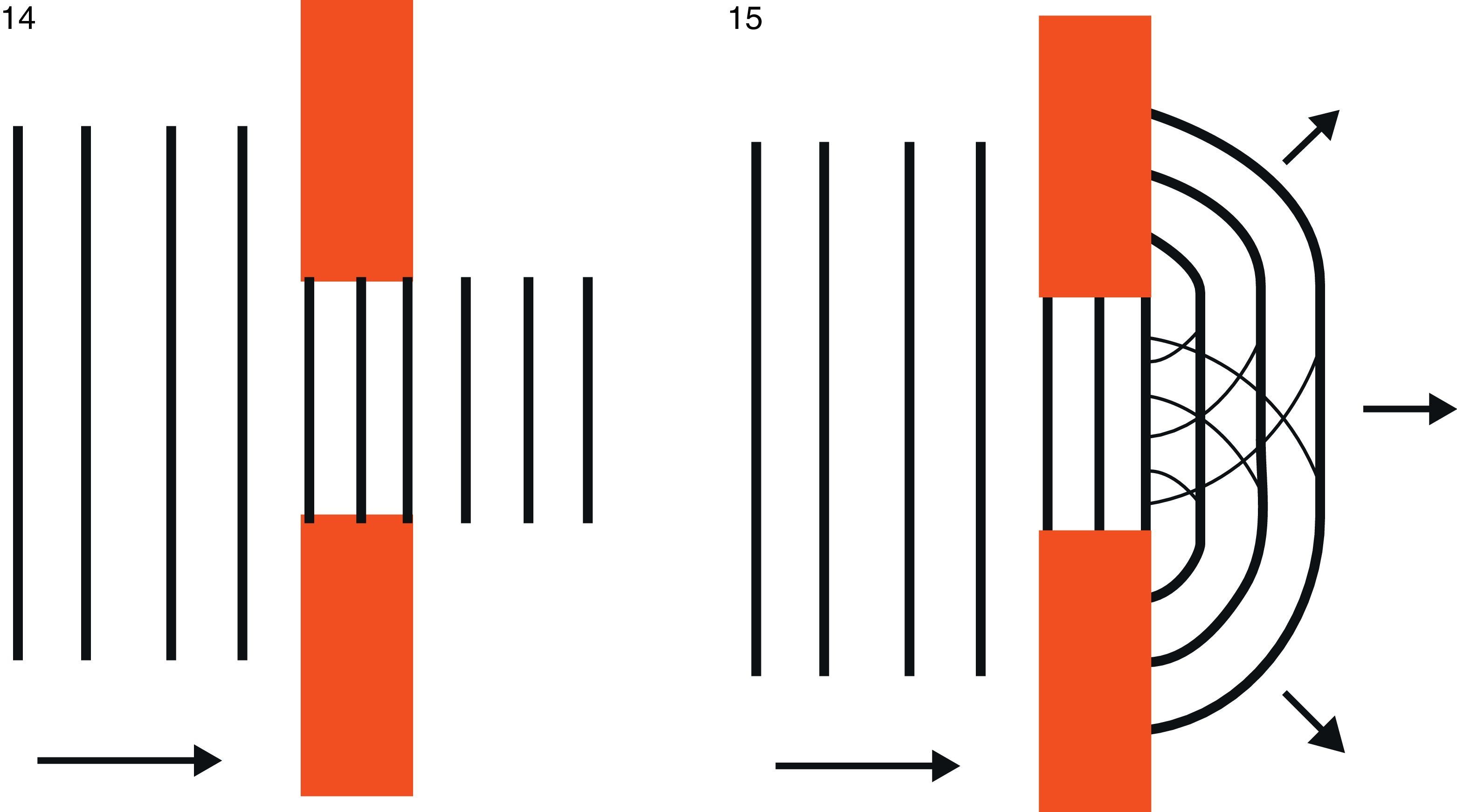To study the different pupil shapes adopted by the different animal species.
Material and methodsReview of the related literature, using PubMed database. The initial search strategy was pupil shape (limited to animals). The first volume of System of Ophthalmology (Duke-Elder) and Evolution's witness (I. Schwab) were also reviewed.
ResultsAn optic illusion called pseudopupil is usually observed in the compound eyes of insects. The pupil is circular in most vertebrates, however slit vertical pupils are present in cats and in some snake species. Vertical pupils could have a photoprotective function, as it makes a more complete closure possible in photopic conditions, and helps to camouflage the predator. It has also been hypothesised that it could help to correct chromatic aberration. Ruminants are usually endowed with horizontal pupils. This shape could improve the capacity of the eye to detect vertical silhouettes. Some marine animals have crescent-shaped pupils. In these animals, a superior operculum helps to protect the inferior retina from the great amount of light coming from above.
ConclusionThere is a surprising variability in pupil shape. Through this variability, nature has fitted the eye to different circumstances. The theories proposed to explain this high variability are discussed in detail in the article.
Estudiar las distintas formas que la pupila adquiere en las diferentes especies animales.
Material y métodosRevisión de la literatura, utilizando PubMed. La estrategia inicial de búsqueda fue pupil shape (limitada a animals). También se revisaron 2 textos relacionados: System of Ophthalmology (Duke-Elder) y Evolution's witness (I. Schwab).
ResultadosEn los ojos compuestos de los insectos es habitual observar una ilusión óptica que recibe el nombre de pseudopupila. La pupila tiene en la mayor parte de los vertebrados forma circular. Sin embargo en los gatos y en algunas especies de serpiente adopta forma vertical. La apertura vertical podría tener una función fotoprotectora al conseguir una reducción más efectiva de la entrada de luz en el ojo. Se ha especulado con que ayudaría a corregir la aberración cromática, y probablemente ayuda a camuflar al animal. En los rumiantes es habitual la pupila en hendidura horizontal. Esta forma podría potenciar la capacidad del sistema visual para detectar siluetas verticales. En el medio marino es frecuente que la pupila adopte forma de creciente, debido a la presencia de un opérculo superior que protegería la retina del exceso de luz procedente de la superficie.
ConclusiónLa forma de la pupila ofrece una sorprendente variabilidad gracias a la cual la naturaleza ha adaptado el ojo a diversas circunstancias. Las teorías propuestas para justificar esta gran variabilidad se discuten de forma detallada en el artículo.





















